You’re a Sourdough Newbie
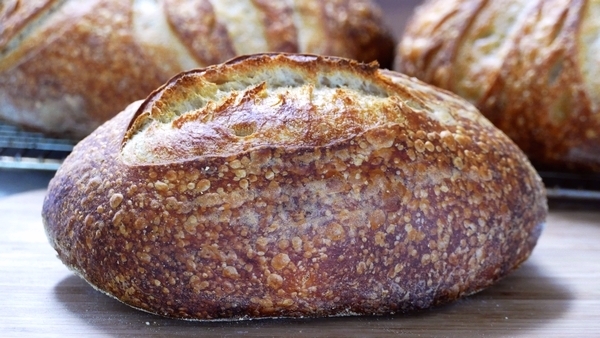
You’re new to sourdough baking and you’re confused. You want to bake a loaf that looks like this:

But you seem to keep baking up loaves that look like this:
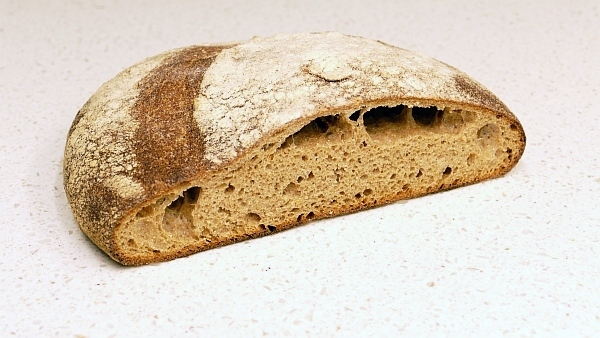
Then you get confused because some people say it doesn’t matter about weighing ingredients, that it’s just a myth that you need to do things a certain way. It shouldn’t be this complicated or confusing right? It’s just a loaf of bread!
For those people who tell everyone that they don’t have to feed their sourdough starter a certain way or measure ingredients to bake up good bread, I have this to say:
Yes, you can just throw water and flour together and wait for it to ferment. Then you can just dump flour, water and whatever amount of sourdough starter into your bowl, hope you get the salt amount correct and still bake a great loaf of bread. Especially is that’s what you’ve been doing for a long time. That’s called eyeballing it.
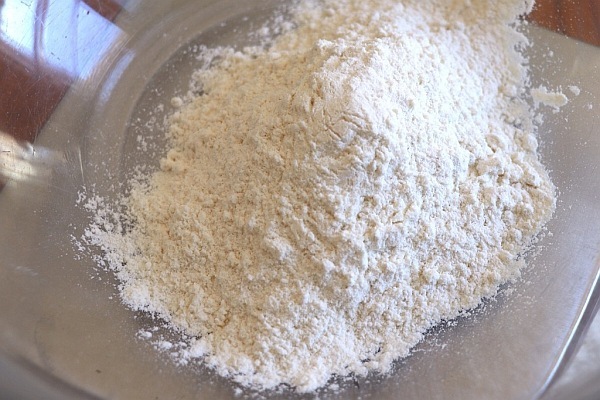
But you can’t very easily communicate to someone else how to bake that same loaf of bread. You can drive without directions and you can sail without navigation but it can be confusing and scary and you can get lost.
Yet there are those that drive without directions and sail without navigation tools, because they are either natural at it or they’ve done it for so long they know what to look for and what to do when they run into trouble.
As a newbie sourdough baker, you can feel confused and overwhelmed when someone who knows how dough should feel, how much food to feed their starter ( without measuring) or when dough is ready to bake, tells you “it’s easy” and to “just do it.”
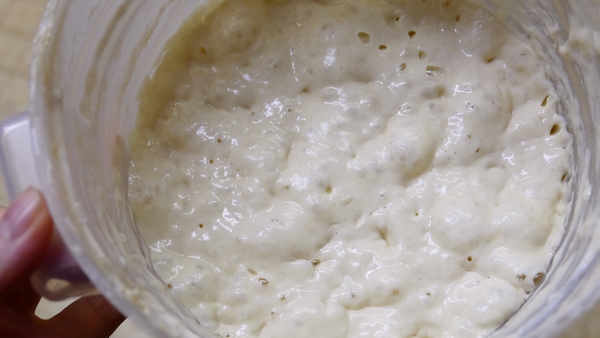
Your starter isn’t behaving right, or is it? Do you need to feed it more or less? Why is it stinky? Should you throw it away? What if it never doubles in size? Is it too hot, too cold? Some might laugh at that, but it makes sense to worry when you just don’t know.
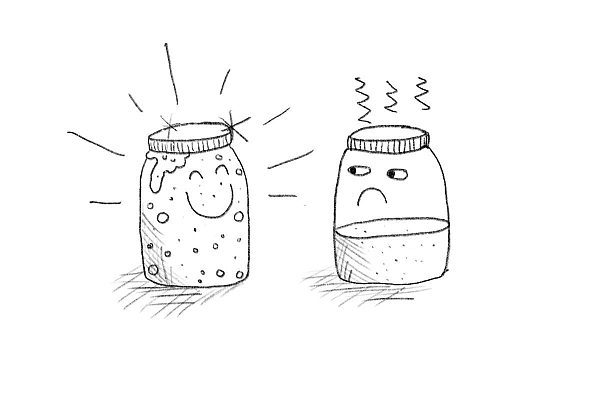
When is your dough ready to bake? How deep do you score your loaf? How do you get those blisters and that ear? How come some loaves have a large airy crumb and some are fine and soft? Did you shape it right and why are there a huge amount of holes right under the crust? Can I use really old broken down starter to make bread? When do I use my starter?
When you are new, it helps to have charts and navigation or in baker’s terms, a formula (ingredients and method) and weighing (how much) to help guide you the same way a map or the satnav (satellite navigation) helps to guide you when you’re driving to an unknown destination.
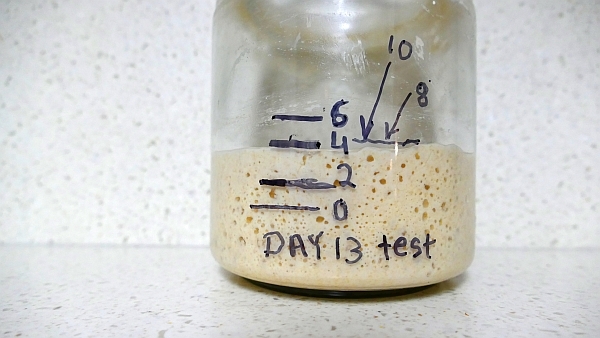
If you are making your first sourdough starter and you are told, just throw flour and water together and wait for it to ferment. Yes, that most likely will work. But if you run into trouble and you need help figuring out why the starter isn’t behaving properly, you will need to be able to communicate to others what you’ve been doing with your starter. Maybe it just needs some warmth, maybe it’s hasn’t been fed enough and it’s starving. Maybe it needs more time to mature.
If your starter has low hydration (low water amount) and you add it to your dough ( that also has too much flour) and then your resulting bread is dense, you might ask, what did I do wrong? If you haven’t measured anything, then other bakers will have a hard time helping you figure out what went wrong.
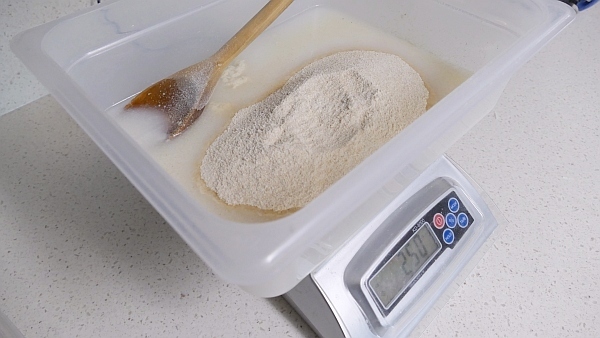
Some people ridicule measuring for baking. Measuring is a tool that helps you communicate with other bakers, share your recipes/formulas and bake consistently. You can measure by eyeballing it, you can measure using volume (cups, spoons), you can measure using standard (ounces and pounds) or you can measure using metric (grams and kilograms).
In each case, you are just making a choice to communicate with others more easily and accurately and to be consistent. Eyeballing it will work for you perhaps, but it’s hard to share your work with others or ask for help if you have trouble. As you get more accurate, it’s easier to communicate with others in the baking world and to make a consistent baked product.
Using volume measurement is more accurate then eyeballing, standard measurement is more accurate than volume and metric is more accurate (and easier to use) than standard.

If a bakery contacted you and asked if you would share your recipe and you said sure, I use 6 cups of flour, 2.5 cups of water, a small handful of salt, 2 tablespoons of sugar and 1/3 stick of butter. It would be pretty difficult for them to scale that to 100 times the amount. Can you imagine having to scoop out 600 cups of flour? And how far off will they be if each cup is several grams or oz different than your cup measures?
When you first drive to a new destination, it’s helpful to have signposts (volume measure), maps (standard measure), satnav (metric measure) and even better, not just your satnav, but someone sitting in the passenger seat (who has made the drive numerous times over many years) helping to guide you (experience). Once you are experienced, you can begin to eyeball things too and maybe you will or maybe you’ll find measuring is actually kind of nice.
It will get easier. You will look back and laugh at your earlier mistakes.
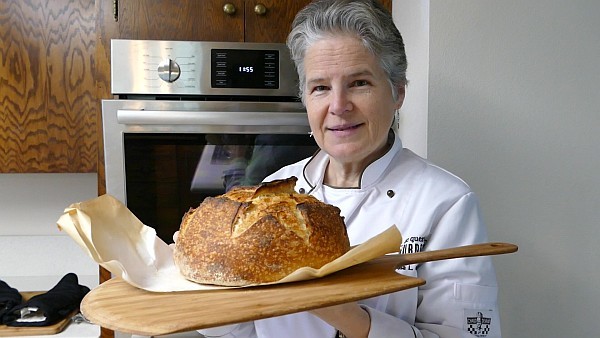
I think you’re likely to arrive at your destination more quickly if you use the help of your satnav (accuracy) and someone else’s experience rather than eyeballing it, don’t you?
If you are a newbie and you need help with your sourdough starter, see HERE.
If you have a bubbly starter but need help with your first loaf of sourdough bread, see HERE.
If you want more sourdough baking fun and want to join me in one of my online sourdough baking courses then see HERE.
Most of all, have fun, it’s supposed to be fun.
.
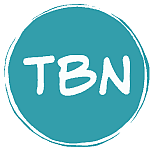
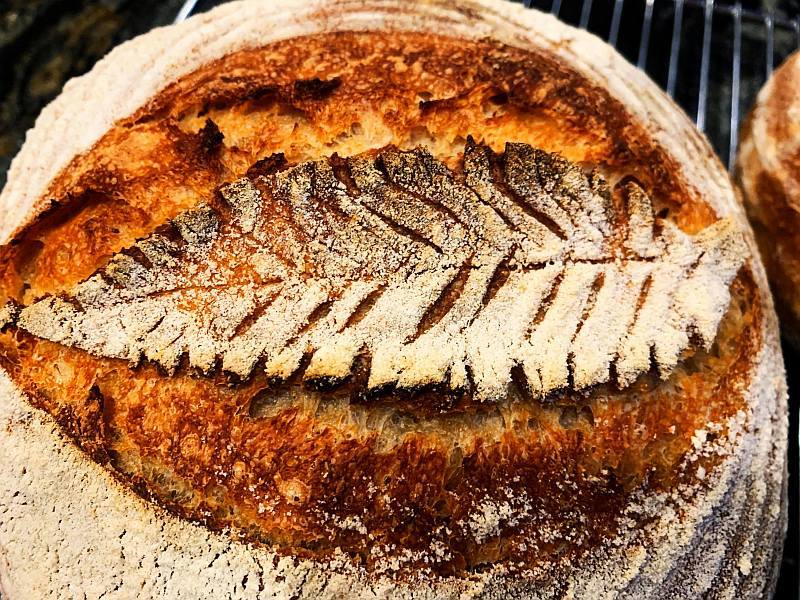
Responses